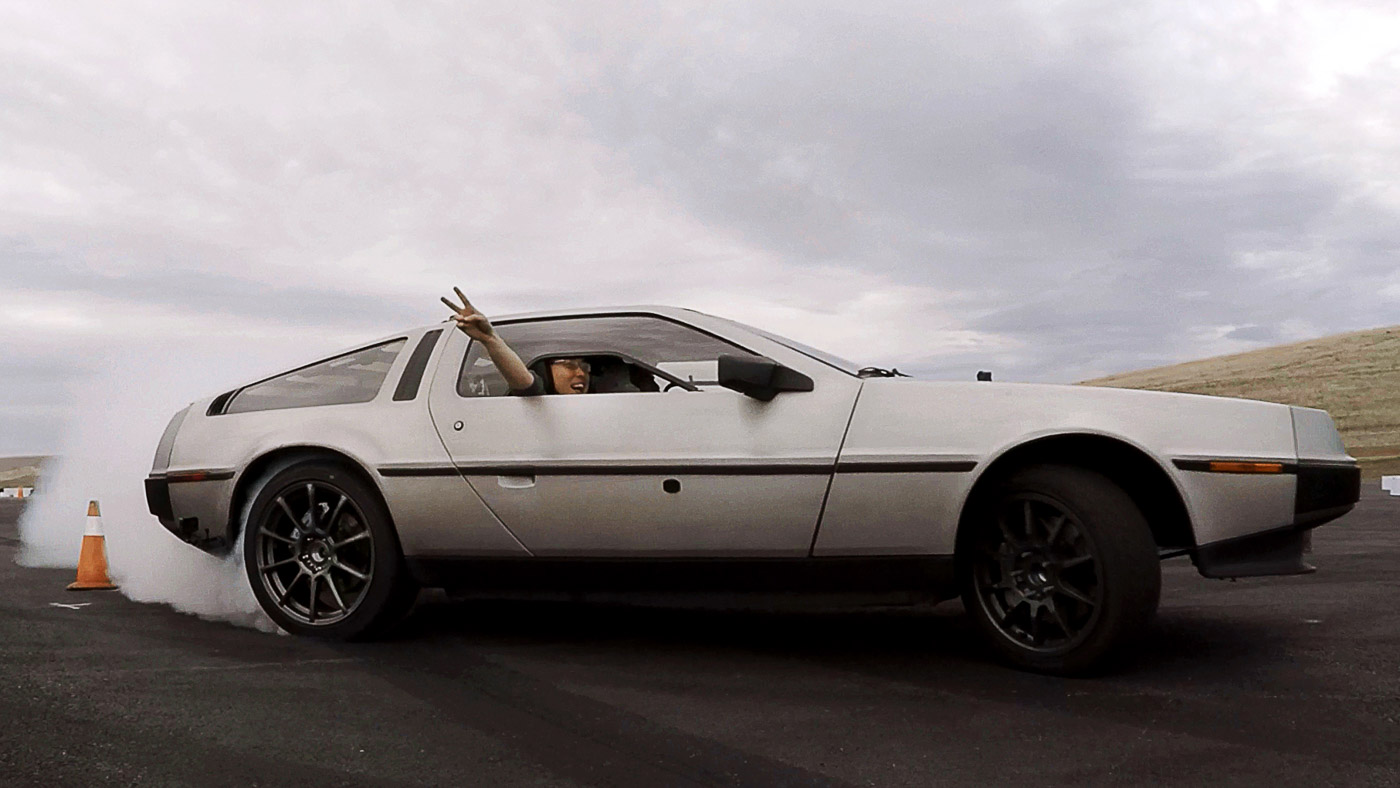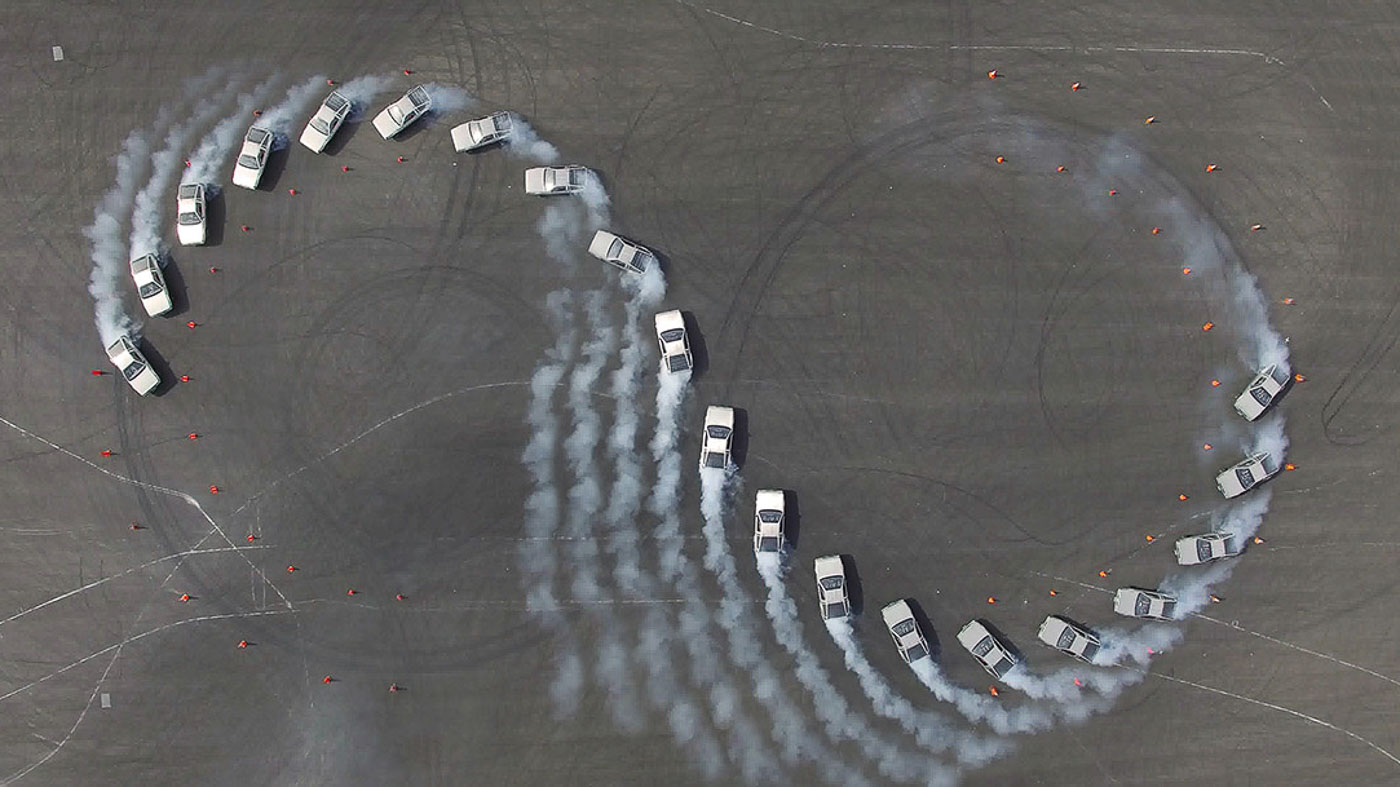“If you’re going to build an autonomous electric drift car, why not do it in some style.” Those are the words of Jonathan Goh, MARTY’s project lead, nodding to the line from cult classic film Back to the Future.
Jonathan Goh, a recent engineering PhD graduate from Stanford, has led a team in Stanford’s Dynamic Design Lab to build MARTY (which stands for Multiple Actuator Research Test bed for Yaw control), a electric-converted autonomous DeLorean for one single purpose – to shred tyres.
Okay, so that’s not exactly true. Mechanical engineering professor and lab director Chris Gerdes said, “We’re trying to develop automated vehicles that can handle emergency maneuvers or slippery surfaces like ice or snow.
“We’d like to develop automated vehicles that can use all of the friction between the tire and the road to get the car out of harm’s way. We want the car to be able to avoid any accident that’s avoidable within the laws of physics,” Gerdes added.

Sounds like the perfect excuse to build a totally awesome autonomous drift-machine, Mr Gerdes. We kid. The ability to counter tricky situations such as an oversteer require a lot of experience and training, and as Goh rightly says it, “most drivers just aren’t very good at handling the car when it becomes this unstable.”
If we are to trust our cars to do the driving in the future, it’ll be important for our cars understand how to handle these low-grip situations too, on top of the general danger mitigation on the road that major tech companies are trialling on the roads nowadays.
Either way, MARTY is still an insane feat, and even seasoned drifters such as Fredric Aasbo, 2015 Formula Drift World Champion, were impressed by the work done by Goh and his team.
“It’s really impressive how snappy the car can make those transitions and also how precise it could be,” said Aasbo, “Because that’s the trick as a driver. That’s what we’re all trying to figure out.”





